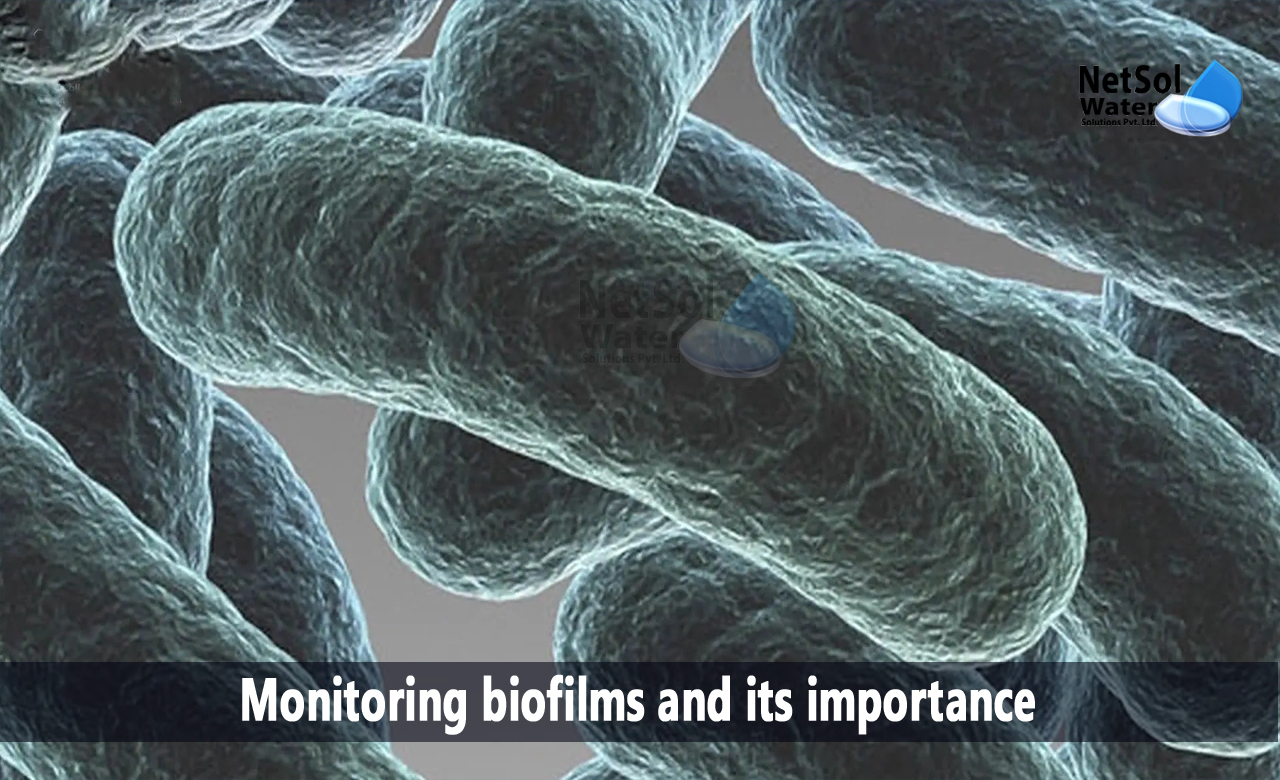It is essential to have biological wastewater treatment systems in place to improve both human health and water quality. It also adopts several conventional and modern molecular methodologies, to perform a complete analysis of the composition, diversity, and dynamics of biofilms. The performance, reliability, and stability of biofilm-based wastewater treatment methods must be improved.
This blog briefly reviews several biological techniques, particularly biofilm technologies, the formation of biofilms on various filter media, and the variables influencing their formation.
What is the Importance of biofilm monitoring?
1- Impact of inadequate microbial control
Uncontrolled microbiological growth is a multi-billion dollar issue for corporations, every year in cooling and industrial water systems. Biofilm is the main reason for this expensive issue. When bacteria and other microorganisms found in the bulk of the water adhere to exposed surfaces, they start to build extracellular polymeric material or EPS, a mass of biopolymers.
The sticky, protective barrier that the EPS offers enables complicated bacterial communities, to flourish and develop exponentially. As the EPS captures dirt, corrosion by-products, and other particles suspended in the water, bulky, bio-fouling deposits can quickly build, causing obstructions.
Additionally, biofilm poses a serious threat to systems since it is difficult to remove with conventional biocide programmes, because to the protective barrier it forms. Once created, biofilms can result in a variety of issues, including as flow limitations, decreased heat transfer, and corrosion impacted by microorganisms (MIC). Poor heat transfer efficiency, decreased productivity, and even catastrophic equipment breakdowns, can result from these problems.
2- Modern Monitoring Techniques
In the water treatment programme, monitoring for microbial control is a crucial component. The bacteria growing within the biofilm, which can represent up to 90% of all microbial activity in a system, are not measured by conventional monitoring techniques like dip slides or laboratory plate cultures. Instead, they focus on measuring the planktonic (free floating) bacteria, in the water sample taken from the system.
3- Microbiological Monitoring Innovations
Novel biofilm monitors are developed to solve the gap in microbiological monitoring, in the water treatment business. These devices provide readings which offer a quantifiable indicator of a material's propensity to develop biofilm, which can be used to assess microbiological control.
Conclusion
Wastewater is a general word that includes effluents or discharge from residential seepage, industrial discharge, agricultural discharge, and storm water. Detergents, insecticides, fats, and oils are just a few examples of the organic material found in wastewater.
Additionally, wastewater may contain a wide variety of microorganisms, including bacteria, viruses, protozoa, and helminths. Wastewater contains both basic nutrients like nitrogen, phosphorus, and ammonia as well as metals and inorganic substances, like mercury, lead, cadmium, nickel, and hydrogen sulphide. Wastewater treatment plants have become a key component in ensuring the security of our future water supply, by minimizing the dangers associated with wastewater and its use in daily life.
Water treatment plant manufacturer and supplier
Netsol Water develops and produces water treatment plants that are highly successful, at lowering water contaminants.
Additionally, it requires less work for installation and upkeep. As one of the top manufacturers of water treatment plants situated in India, we offer our products to customers at rates that are as low as possible.



